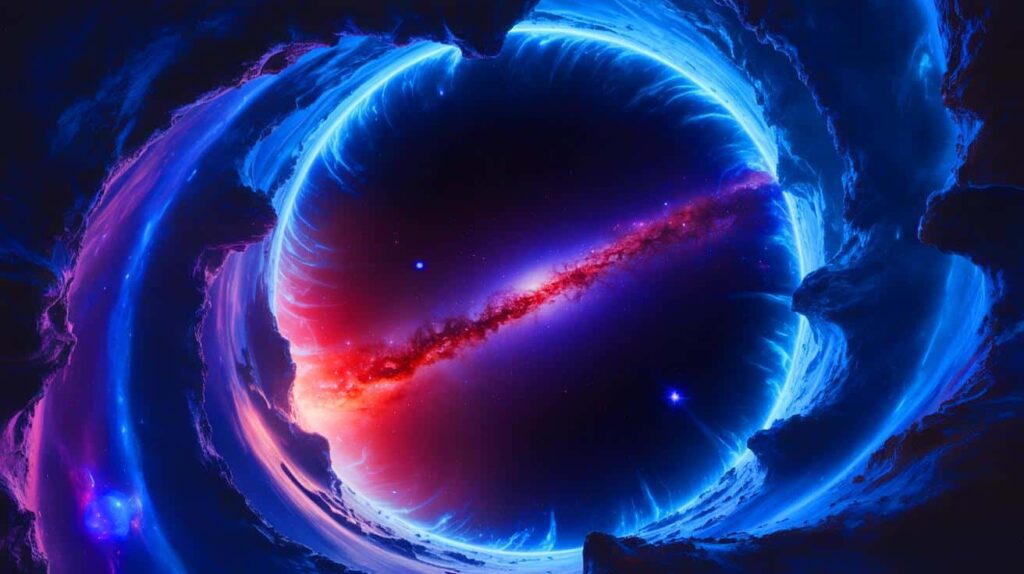Recent research from the Max Planck Institute has uncovered cosmic channels connecting our solar system to distant stars, challenging the belief that space is largely empty. This finding highlights the intricate and interconnected nature of the cosmos, particularly within the Local Hot Bubble (LHB)—a region formed by supernova explosions characterized by high temperatures and low density.
Dr. LL Sara, who led the study, noted that the LHB exhibits a complex structure with evidence of dynamic processes, despite its seemingly quiet nature. The discovery of “tunnels” extending toward other star systems suggests a network of interstellar pathways shaped by young star winds and ancient supernova events. Advanced X-ray technology, including the Erosita Observatory, has allowed researchers to map hot gases in greater detail, revealing a rich cosmic environment filled with dust, plasma, and radiation.
This challenges previous assumptions about the emptiness of space, indicating that even ostensibly vacant areas contain a variety of materials that significantly influence the solar system’s dynamics. As researchers continue to explore these channels, they hope to further unravel the complexities of the universe, prompting new inquiries into its formation and evolution.
Source link


